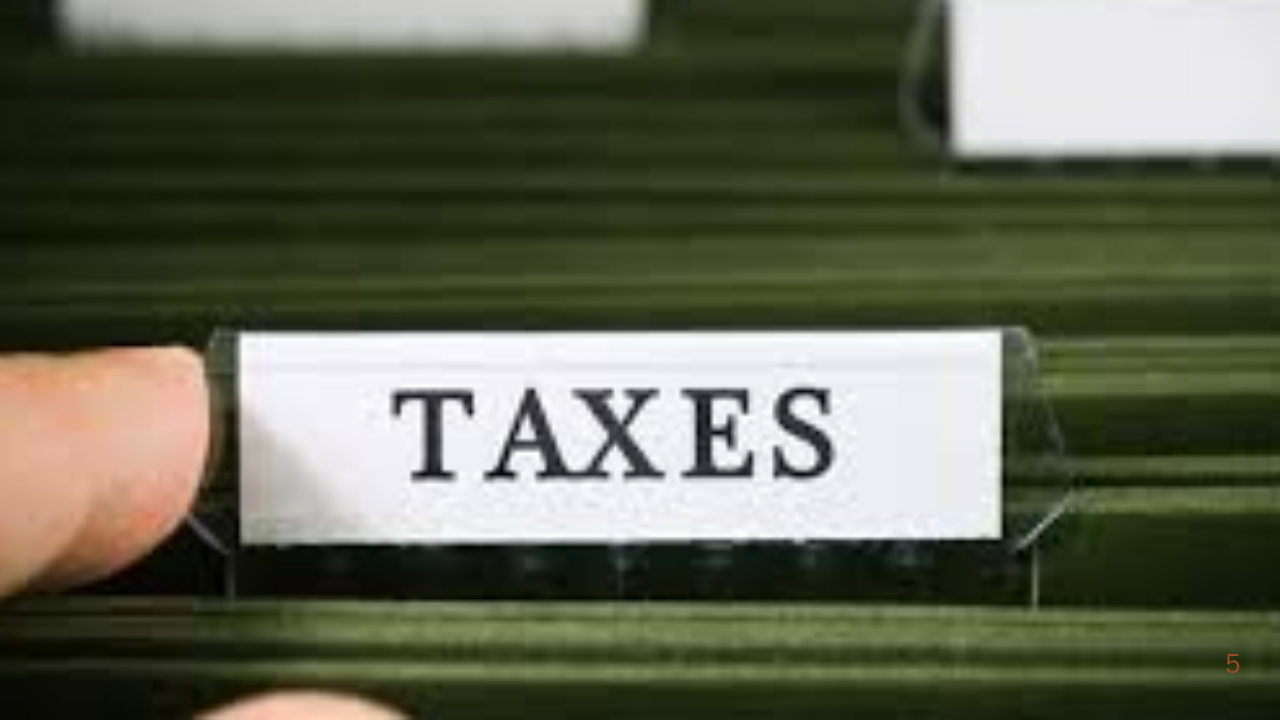As a salaried taxpayer, getting your finances in order for the upcoming tax season is crucial. The good news is that Digital Form 16 is here to simplify the process for the Financial Year 2024–25 (Assessment Year 2025–26). This electronic tax certificate from your employer is your key to a smoother Income Tax Return (ITR) filing experience.
What is Form 16?
Form 16 is a statutory TDS (Tax Deducted at Source) certificate issued by your employer under Section 203 of the Income Tax Act, 1961. It provides a comprehensive breakdown of your salary and the tax deducted throughout the financial year. By law, employers must issue Form 16 to all salaried employees by June 15th of every year.
Form 16 is divided into two vital parts:
- Part A: This section includes essential details like your employer’s and your PAN (Permanent Account Number), TAN (Tax Deduction and Collection Account Number), your employment period, and specifics of the TDS deposited with the government.
- Part B: This is where you’ll find a detailed breakup of your salary components, any exemptions claimed (under various sections), deductions made under Chapter VI-A, and ultimately, your taxable income.
How to Access Your Digital Form 16
The Central Board of Direct Taxes (CBDT) offers a couple of convenient ways to get your hands on Digital Form 16:
- From Your Employer: Most companies will send your Form 16 directly to your email or make it accessible through their internal HR or payroll platforms.
- Via the TRACES Portal: While you can’t download the complete Form 16 here, you can visit the TRACES portal (tdscpc.gov.in), log in with your PAN credentials, and navigate to the “View Form 26AS” section. This allows you to verify your TDS details and cross-check them for accuracy.
Using Form 16 for ITR Filing
Once you have your Form 16, here’s how to use it effectively for filing your ITR:
- Cross-Verify Everything: It’s absolutely essential to cross-verify all the figures in your Form 16 with your Form 26AS and Annual Information Statement (AIS). This step ensures consistency and helps prevent any discrepancies.
- Input Your Data: Use the detailed information from Part B of your Form 16 to accurately enter your salary, exemptions, and deductions into your ITR form.
- Validate Pre-filled Data: If you’re using the Income Tax e-filing portal, you’ll find that much of your information might be pre-filled. You can either manually input values or, more conveniently, validate this pre-filled data against your Form 16 to ensure everything matches up.
The CBDT strongly advises all taxpayers to ensure that their TDS figures and PAN details are consistent across all documents. This helps avoid errors and prevents delays in processing your tax return.
Filing Your ITR Online with Digital Form 16
The shift to digital filing has made tax compliance significantly easier. Online tax filing platforms can streamline the process by auto-fetching details from your Form 16, including salary components, TDS, and deductions. This feature allows for seamless validation with the Income Tax Department’s records, reducing the chances of mismatches and the unwelcome surprise of an income tax notice.
After submitting your return, you can e-verify it instantly using your Aadhaar OTP, net banking, or by sending a signed ITR-V to the Centralised Processing Centre. Embracing digital filing means a faster, more accurate, and far more convenient tax experience for salaried individuals.
Do you have your Digital Form 16 ready, or are you still waiting for it from your employer?
